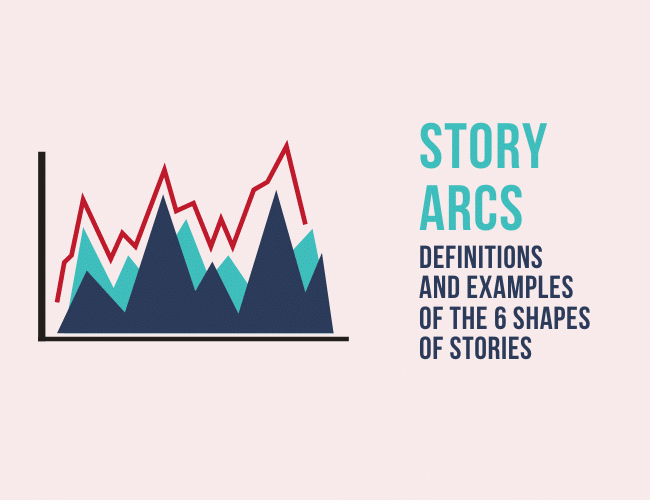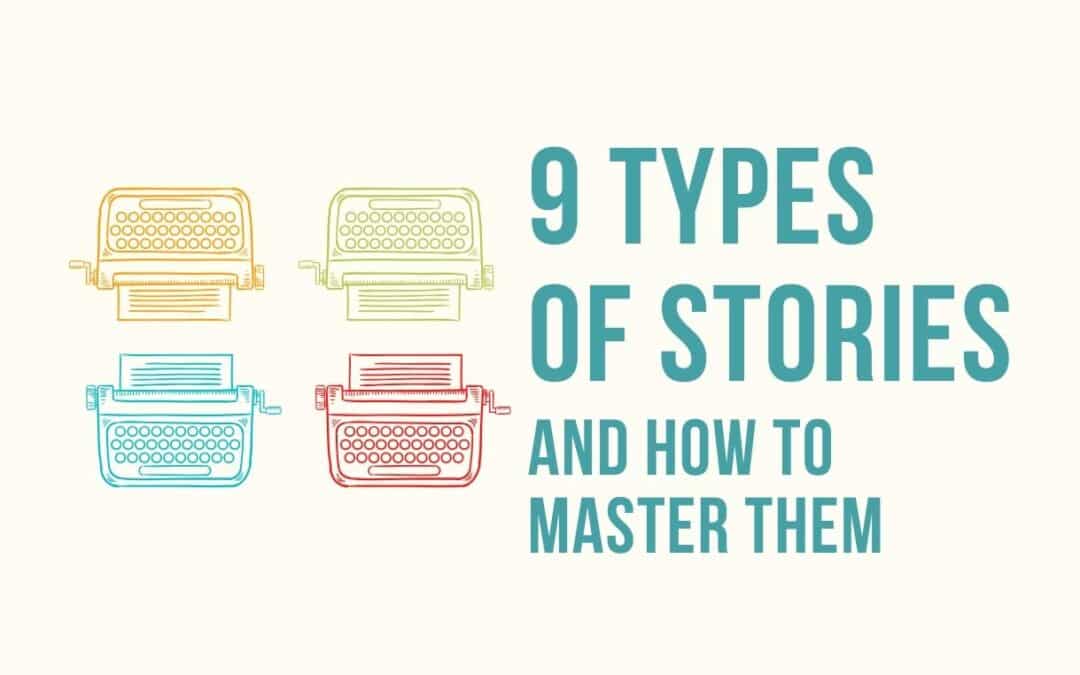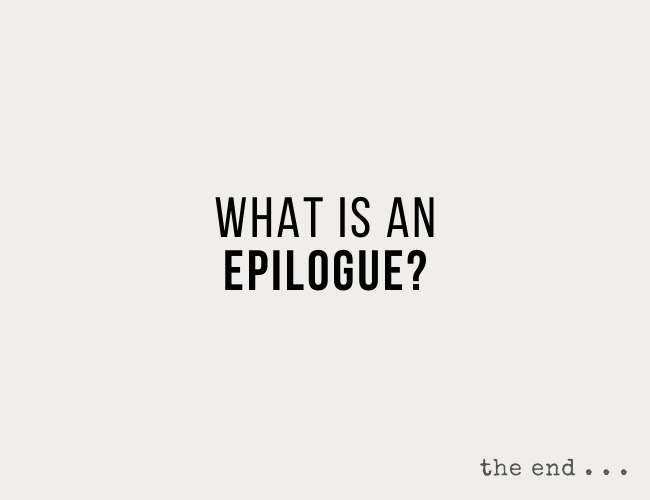Young adult novels have never been more popular. It started with the rise of Harry Potter and continued with hits like The Fault in Our Stars, The Hunger Games, and Divergent. Have you ever wondered how to write a YA novel?
Learning how to write fiction is one thing, but writing for teens is a whole different ball game. As a teen and an avid YA reader myself, I have a few tips for you.








